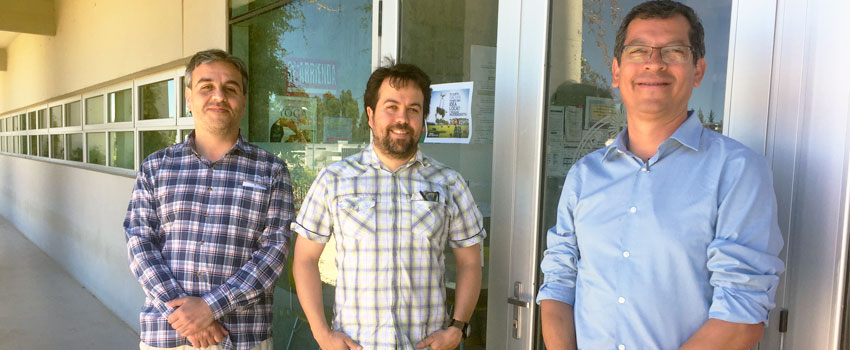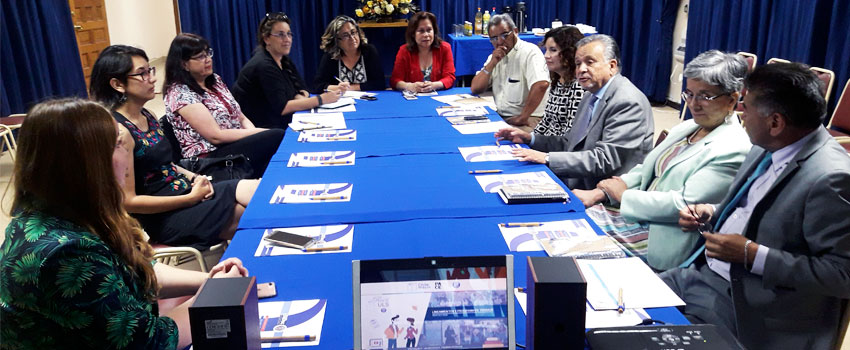
The Pedro Pablo Muñoz School in La Higuera, and the Gabriela Mistral and Técnico Marta Brunet high schools in La Serena, are the establishments that join the Program.
In a pleasant meeting, the official welcome was held to the three new educational establishments in the communes of La Higuera and La Serena, which starting this year will be part of the Support and Effective Access to Higher Education Program (PACE) University of La Serene.
With the presence of the Academic Vice-Rector, Dr. Jorge Catalán, the Director of Teaching, Mg. Laura Vega, part of the institution's PACE Team and representatives of the new educational establishments assigned to the PACE Program, went to the first welcome activity organized by the house of higher education to welcome the Pedro Pablo Muñoz School of La Higuera , and the Gabriela Mistral and Técnico Marta Brunet high schools in La Serena.
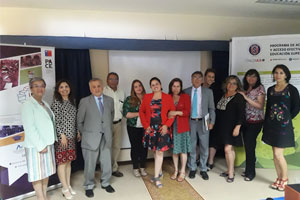 For the Executive Coordinator of the PACE ULS Accompaniment Program, Viviana Romero, this is a very pleasant instance: “we are very happy to receive these three educational establishments in our Program, since it is a way to continue strengthening public education and providing support to more students. This year 2018 presents us with new challenges and we have the expectation and hope that this work can contribute to the consolidation of the Program. We extend a cordial welcome to the Gabriela Mistral High School, the Marta Brunet Technical High School and the Pedro Pablo Muñoz School in La Higuera.”
For the Executive Coordinator of the PACE ULS Accompaniment Program, Viviana Romero, this is a very pleasant instance: “we are very happy to receive these three educational establishments in our Program, since it is a way to continue strengthening public education and providing support to more students. This year 2018 presents us with new challenges and we have the expectation and hope that this work can contribute to the consolidation of the Program. We extend a cordial welcome to the Gabriela Mistral High School, the Marta Brunet Technical High School and the Pedro Pablo Muñoz School in La Higuera.”
On the other hand, the director of the Pedro Pablo Muñoz School, Alejandra Zúñiga, expressed that “as an educational establishment we are happy to belong to the Program under the auspices of the University of La Serena. We live in a fairly vulnerable commune, where children, in order to study, have to travel, and some getting up so early caused them to drop out. Now we promote secondary education, which has around 60 students (...). It is an opportunity that not everyone has, to have a future and in addition to that, for the entire school community to aim towards the same goal, the education of our students.”
Meanwhile, the director of the Gabriela Mistral High School, Lorena Rodríguez, expressed her gratitude to the University of La Serena and “for this new opportunity that my educational establishment has to provide, through the PACE Program, more tools to my students to be able to enter to higher education, because it is the opportunity for those who do not have many opportunities for a better quality education. We were looking forward to this news and it finally came true. "I have nothing left but to say thank you and start working for and for the students of public education."
Source: Press PACE ULS Program
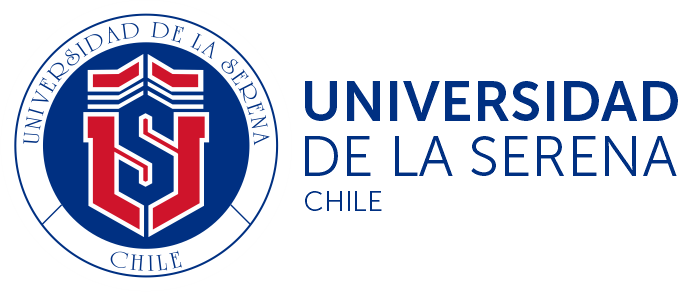
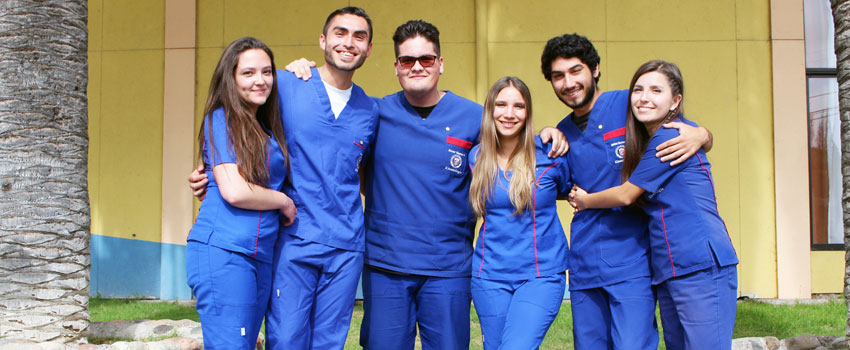
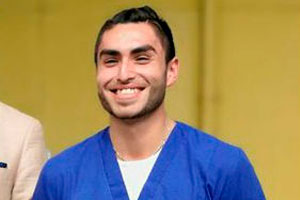 It should be remembered that the Kinesiology career, like the Dentistry, Law, Engineering in Business Administration and Bachelor of Astronomy programs, began to be taught in 2013, responding to the labor market requirements associated with the strategy of regional development and, above all, providing new opportunities for the youth of the region.
It should be remembered that the Kinesiology career, like the Dentistry, Law, Engineering in Business Administration and Bachelor of Astronomy programs, began to be taught in 2013, responding to the labor market requirements associated with the strategy of regional development and, above all, providing new opportunities for the youth of the region.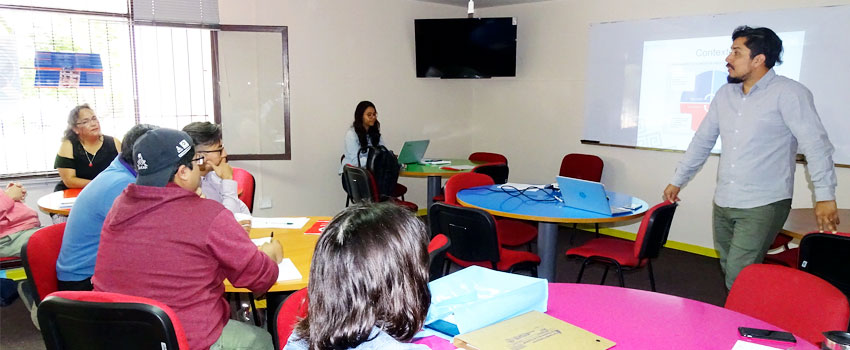
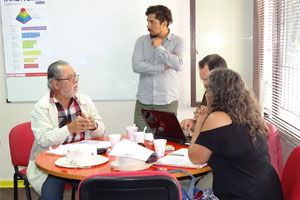 “The case study as such is an active methodology that seeks to mobilize knowledge at different levels and that the teacher is not the only holder of knowledge within a classroom. The case is one of the active methodologies of many that exist to be able to work in higher education," explained the coordinator.
“The case study as such is an active methodology that seeks to mobilize knowledge at different levels and that the teacher is not the only holder of knowledge within a classroom. The case is one of the active methodologies of many that exist to be able to work in higher education," explained the coordinator.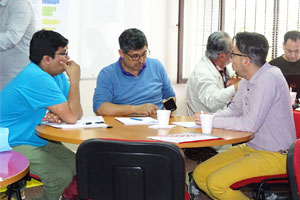 "Nowadays, new methodologies have to be applicable and not just remain on paper, and it is essential to meet with our peers to socialize what we are doing and see how we can face the challenges that our students are asking for according to the demands of the environment, and that is why it is recurrent to be participating in these courses and rearrange our study plans,” said the Coordinator of the Mathematics and Physics Pedagogy degree, Mg. Luis Tamblay
"Nowadays, new methodologies have to be applicable and not just remain on paper, and it is essential to meet with our peers to socialize what we are doing and see how we can face the challenges that our students are asking for according to the demands of the environment, and that is why it is recurrent to be participating in these courses and rearrange our study plans,” said the Coordinator of the Mathematics and Physics Pedagogy degree, Mg. Luis Tamblay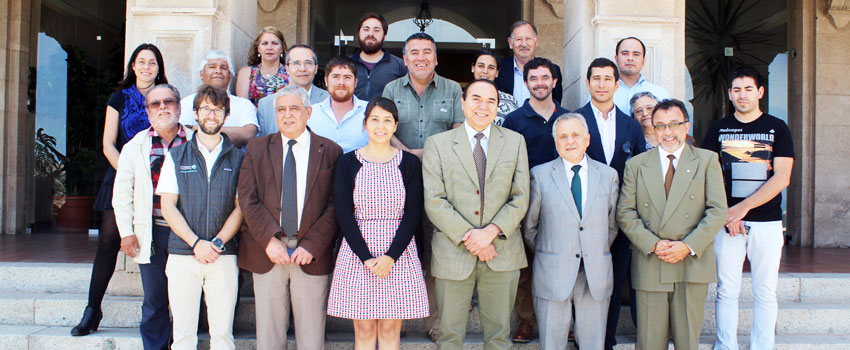
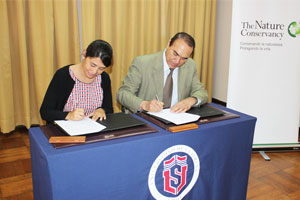 It is also contemplated to promote conservation science, including applied research activities, ecological assessments, planning and monitoring of natural resources and biodiversity, documentation and dissemination of lessons learned in conservation management.
It is also contemplated to promote conservation science, including applied research activities, ecological assessments, planning and monitoring of natural resources and biodiversity, documentation and dissemination of lessons learned in conservation management.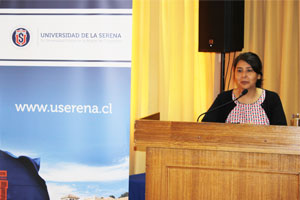 The Dean (S) of the Faculty of Sciences, Dr. Héctor Reyes, expressed that this agreement represents “one of the mandates that we have as a public and regional university, “which is to become part of the solutions to the problems inherent to our development, and clearly natural resources and their conservation are a fundamental part. That TNC has chosen the territory of the Coquimbo Region to develop its activities highlights the importance and richness that this arid territory represents, and not only from the point of view of its natural components, but also human and social ones.”
The Dean (S) of the Faculty of Sciences, Dr. Héctor Reyes, expressed that this agreement represents “one of the mandates that we have as a public and regional university, “which is to become part of the solutions to the problems inherent to our development, and clearly natural resources and their conservation are a fundamental part. That TNC has chosen the territory of the Coquimbo Region to develop its activities highlights the importance and richness that this arid territory represents, and not only from the point of view of its natural components, but also human and social ones.”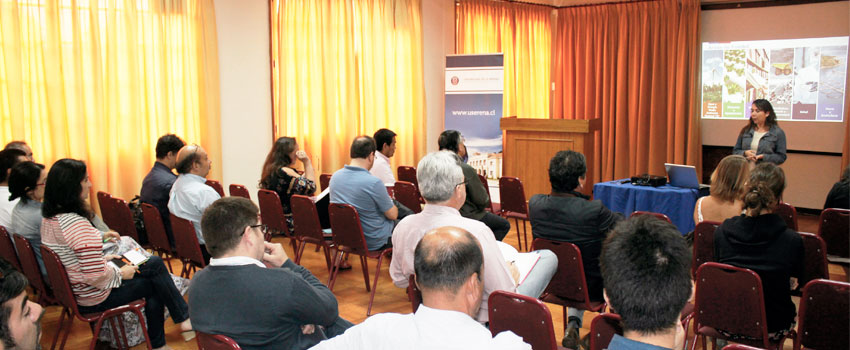
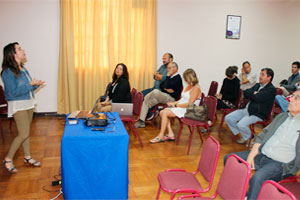 The annual competitions and calls are: IDeA R&D, whose final objective is to carry out a proof of concept (PDC) of a product, process or service, that is, validate a prototype (with applications from January to April); and Technological Research, so that from the PDC, the development of the product/process/service is continued and thus achieve a result closer to the definitive application and develop massification and commercialization strategies (with applications between August and September).
The annual competitions and calls are: IDeA R&D, whose final objective is to carry out a proof of concept (PDC) of a product, process or service, that is, validate a prototype (with applications from January to April); and Technological Research, so that from the PDC, the development of the product/process/service is continued and thus achieve a result closer to the definitive application and develop massification and commercialization strategies (with applications between August and September).